Climbing Kilimanjaro
Kilimanjaro National Park
The highest free-standing mountain in the world
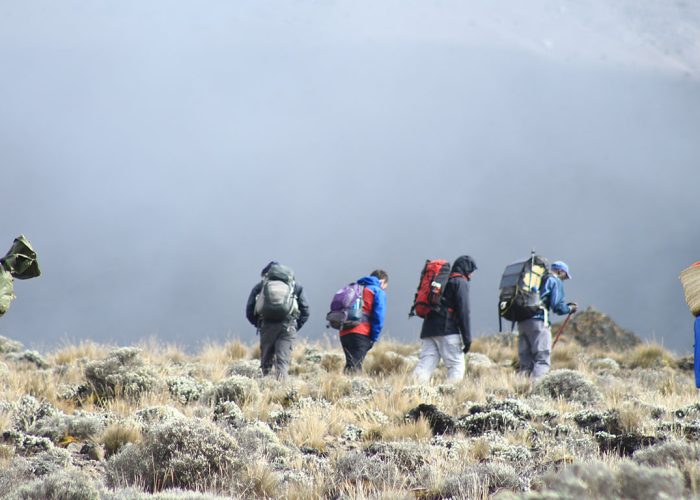

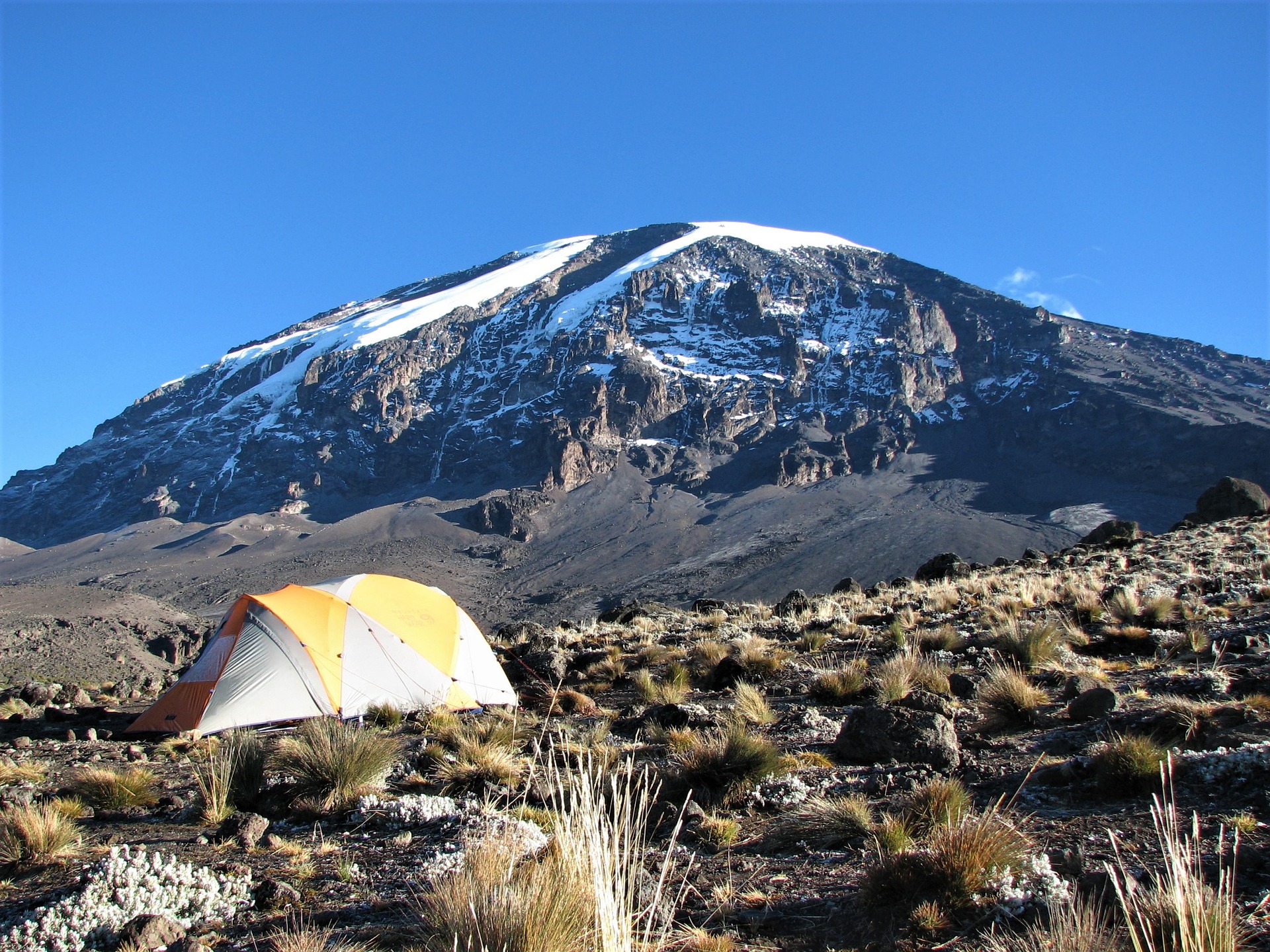
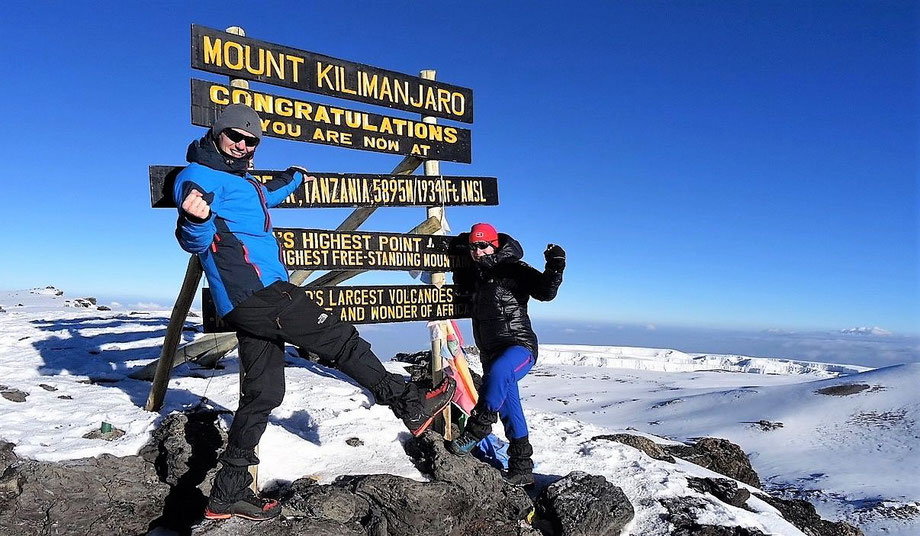
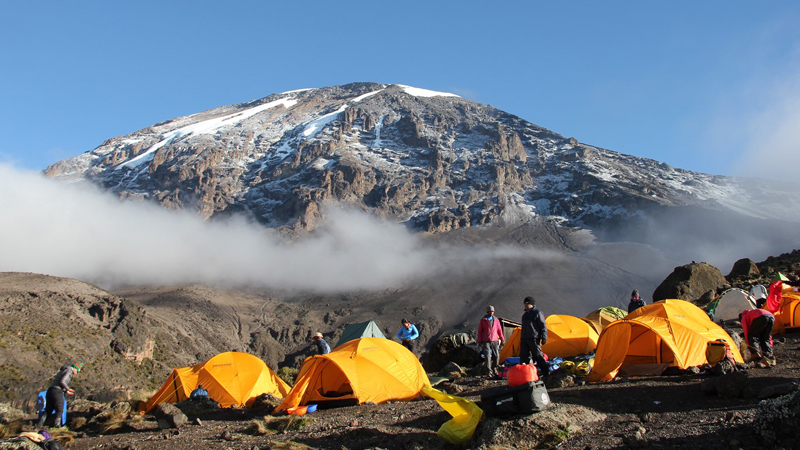
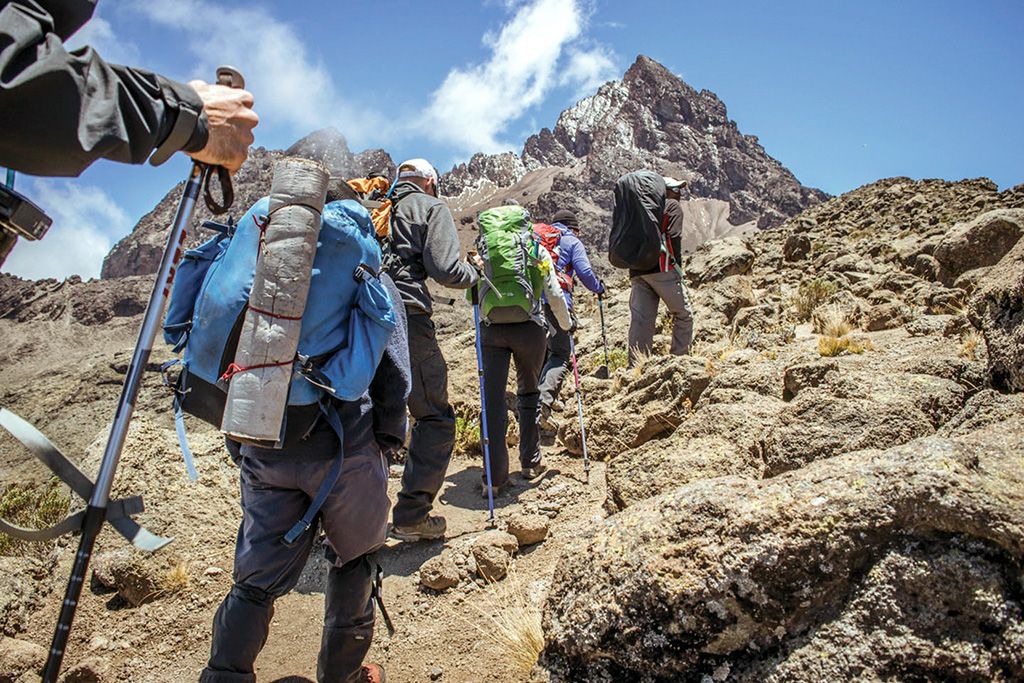
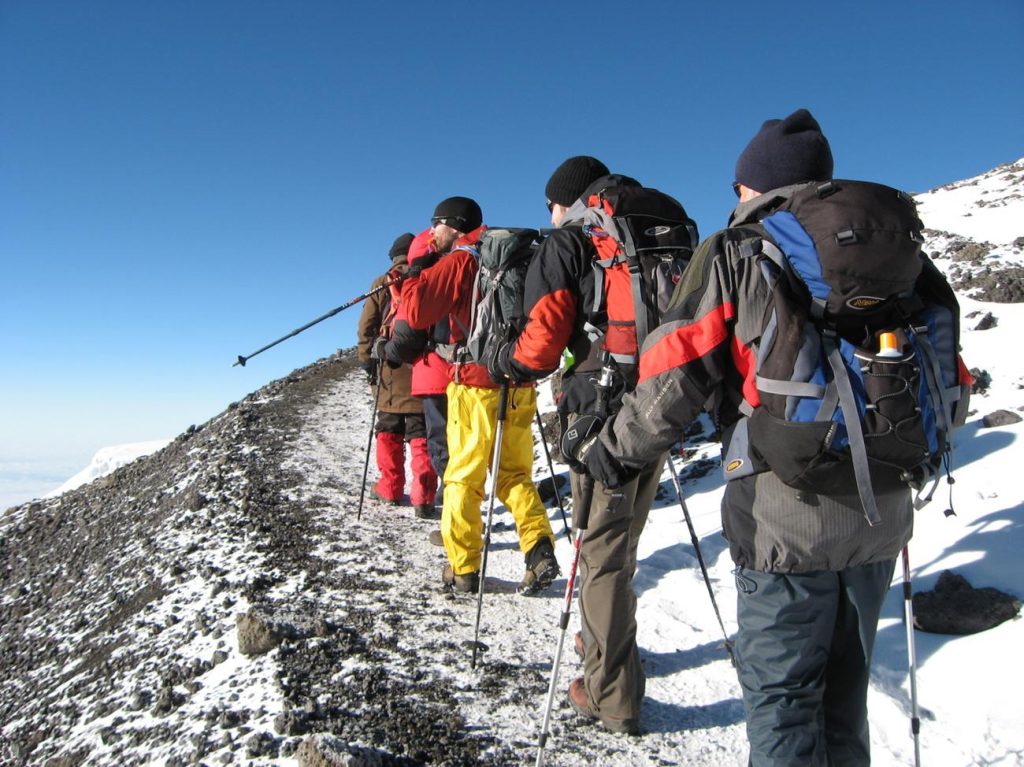
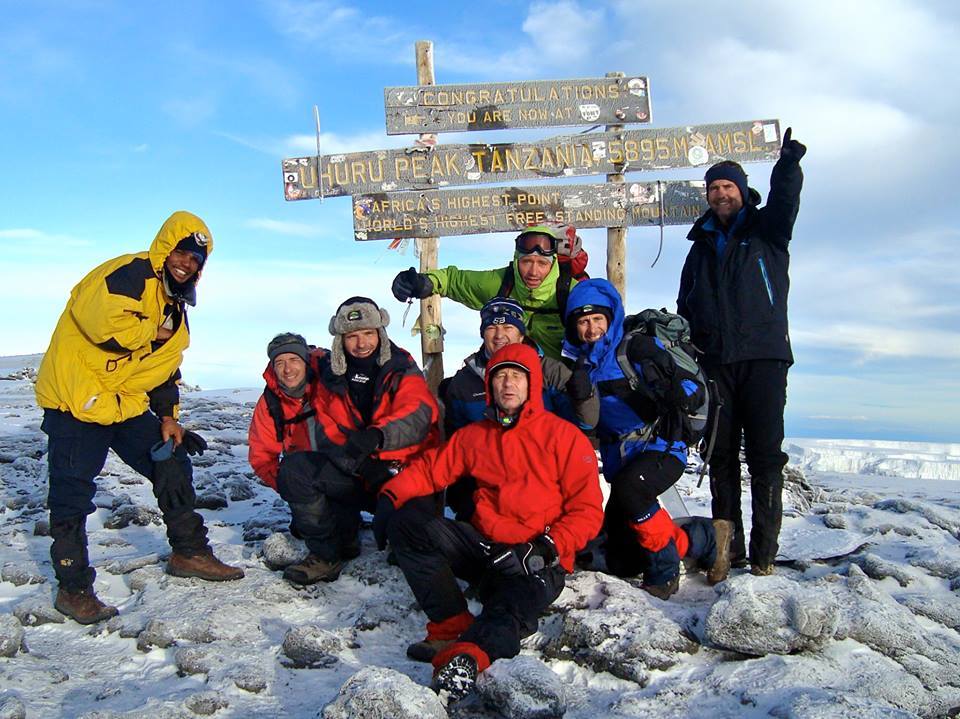
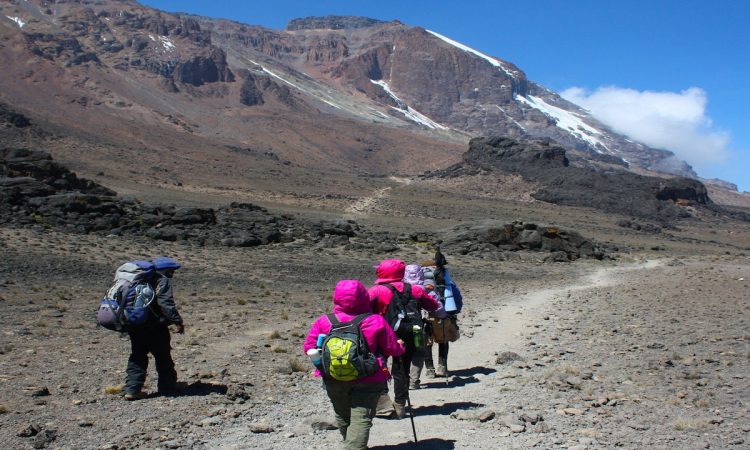
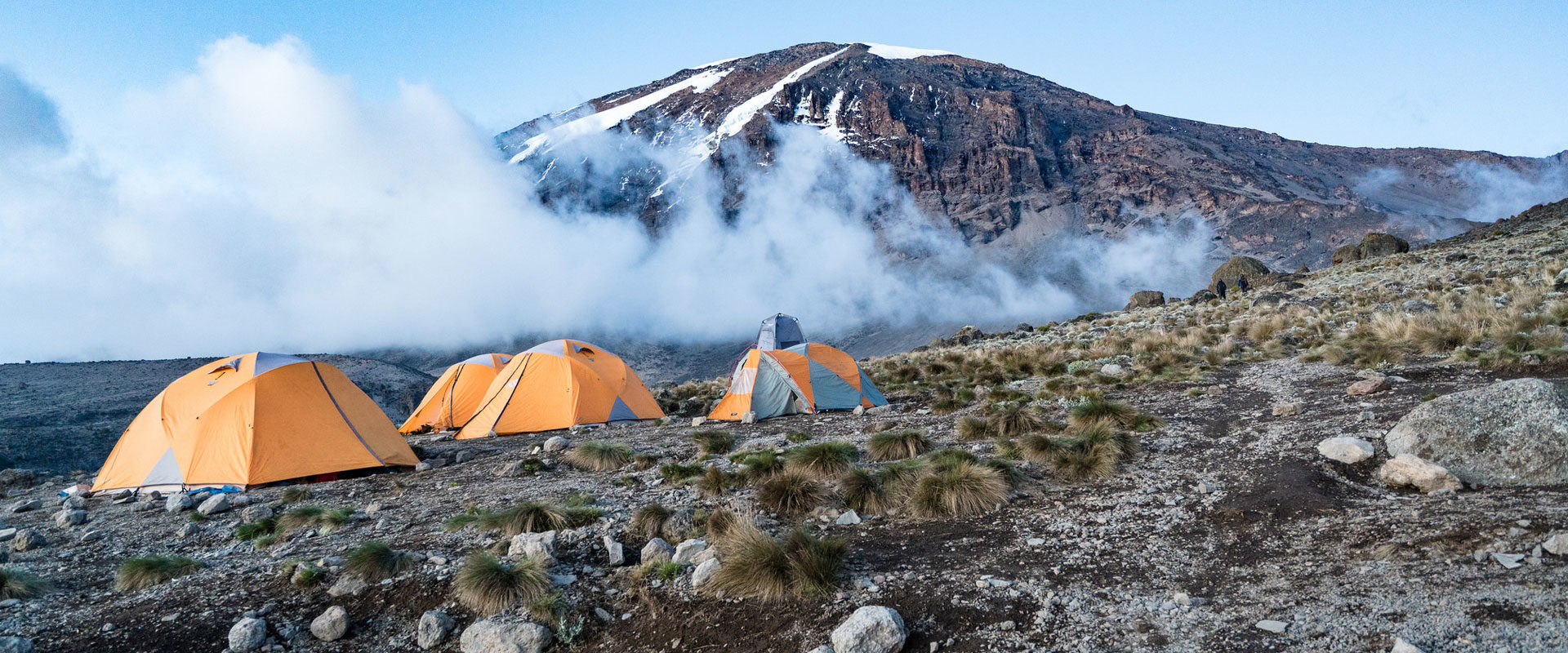
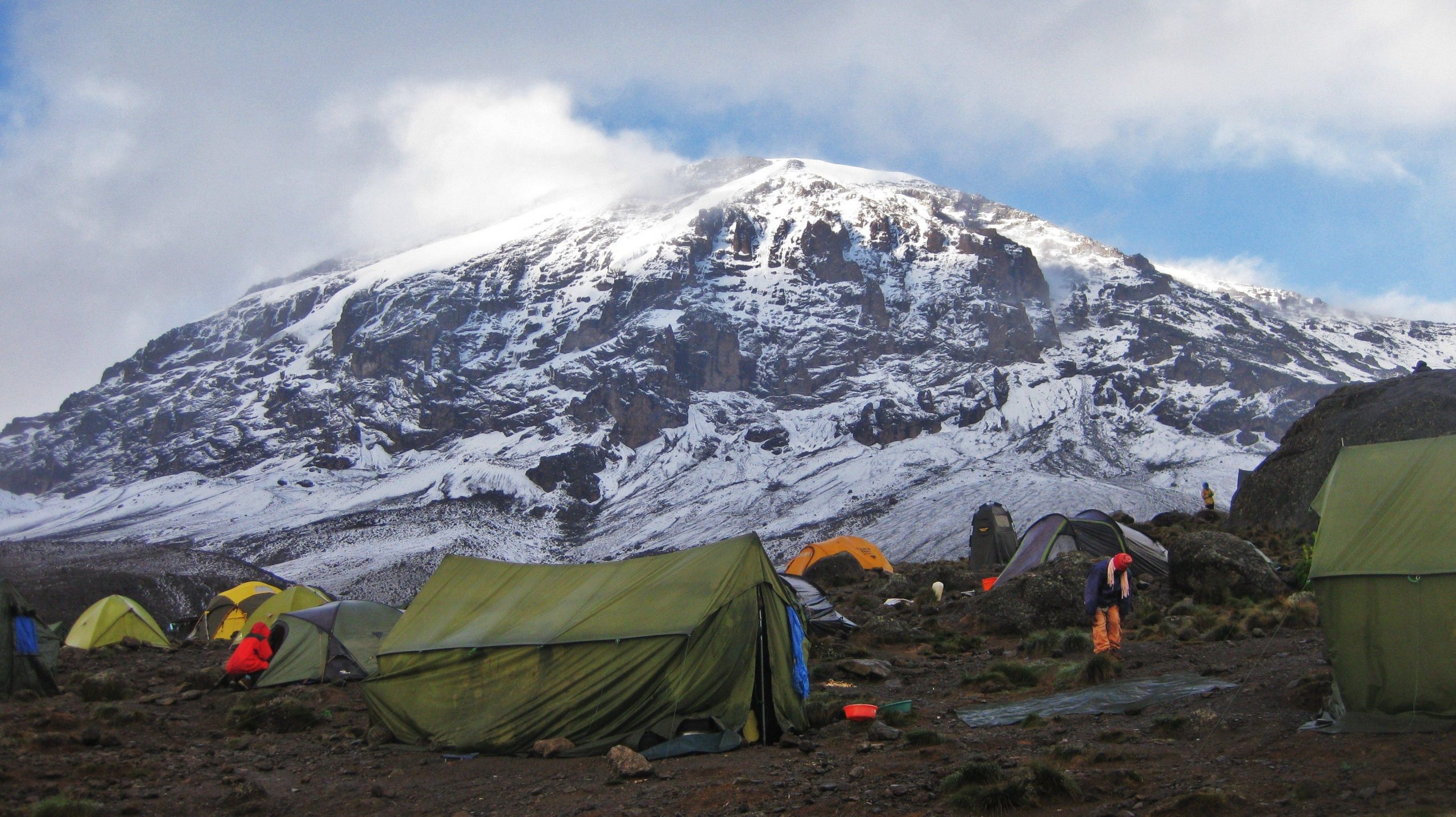
Rates
$2000 to $2000
Best time
January and February (Warmer weather during this period
High season
January to May (high crowds in January)
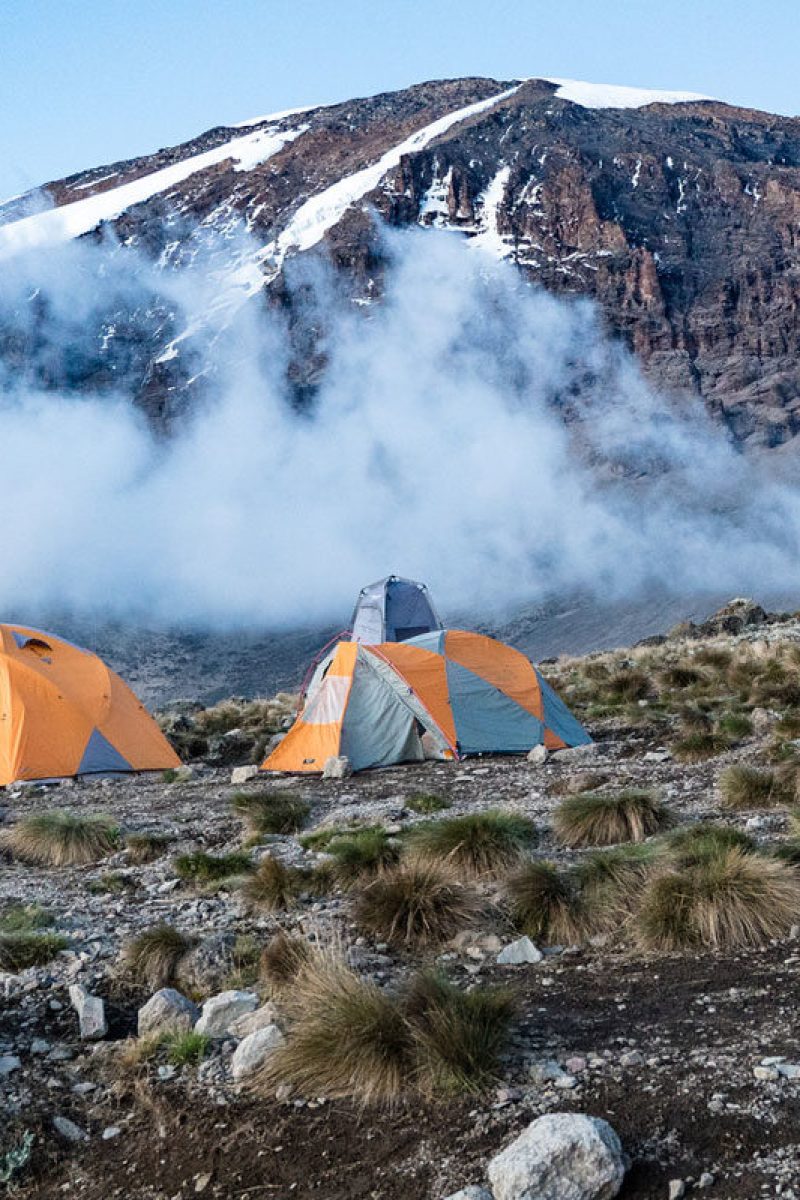
the safari park
When climbing Mount Kilimanjaro is a crucial choice that will impact both the quality of your hike and your overall experience. In order to help you decide when to trek Africa’s tallest mountain, we have put together a list of factors you should take into account.
Whether deciding when to ascend Mount Kilimanjaro, there are a number of things to take into account.
Advice: Inclement weather on Mount Kilimanjaro will make the hike more difficult and impair your entire experience.
The number of hikers on the mountain will increase in good weather, so if you want a trek with fewer people joining you, choose a route carefully and go during the shoulder seasons.
Budget, there are many group treks available during the busy season that will help to marginally down the expense of the climb.
Consider the views if you want a particular experience, such as summiting on a full moon, a snowy summit, or witnessing breathtaking sunrise and sunsets, as these features will be influenced by them.
- Peak dry season (August) is the greatest time for a clear full moon. Full moon dates, summiting on a full moon is achievable inside each month, although some months are less cloudy so you get an even greater experience. We also have projected full moon dates that are significant.
- A snowy summit, the Kilimanjaro might have less snow some months and more snowy months. Your preference for a snowy summit (peak wet season) or a summit without snow will depend on the dates and your choice of Kilimanjaro hiking season.
- Views of the sunset and sunrise are even more impressive during the dry season because there is less cloud cover.
The Kilimanjaro routes
You can successfully ascend Kilimanjaro using one of six hiking/trekking routes; each path has a unique length, cost, scenery, difficulty level, and succession rate.
One of the most crucial choices you will have to make is the path you will use to climb Mount Kilimanjaro. Because the routes vary, the answer to the issue of which route you should choose relies on a variety of criteria.
Advice for understanding the routes
- The only route with hut accommodations is the Marangu route.
- The most popular Mount Kilimanjaro climbing route is the machame route.
- The simplest and driest ascent of Mount Kilimanjaro is via the Rongai route.
- The first day of the shira trek involves a significant ascent in altitude.
- The Kilimanjaro’s lemosho trail is the most picturesque one.
- The most difficult and hard route is the umbwe route.
Book your dream African safari today
There is hope in despair, light at the end of the tunnel, and love with Kanje grand tours Itineraries. Visiting Africa is a dream, a beautiful dream, a dream that many people share, and a dream that can be shuttered by fear. Fear of having an experience ruined, fear of not being treated with love, and fear of being defrauded.
Let's start planning
Things to do in Kilimanjaro
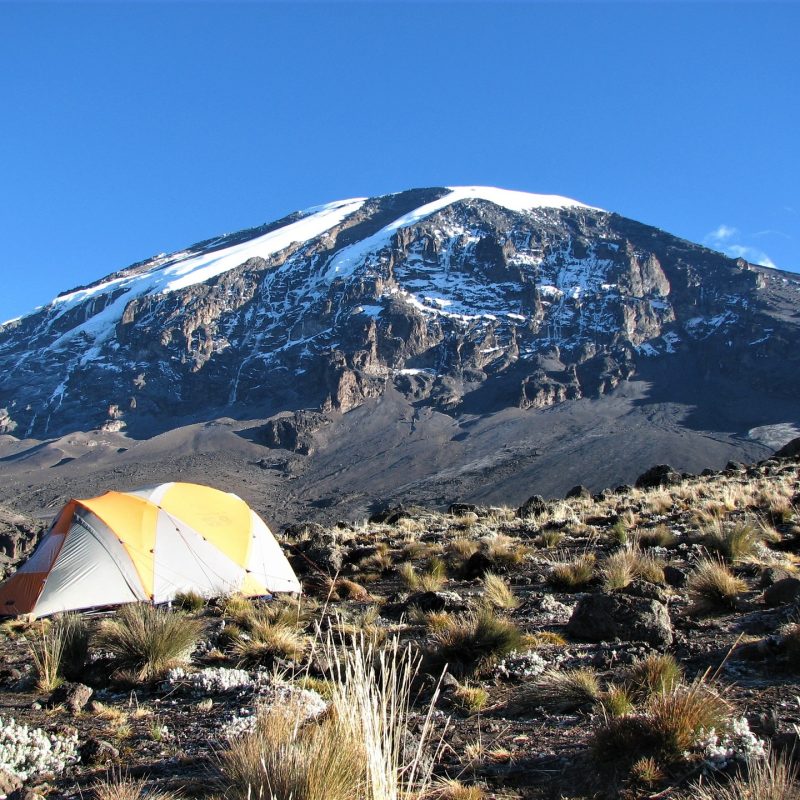
Climbing
The majority of tourists to the park come in order to view or climb Kilimanjaro. A lifetime experience, climbing Mount Kilimanjaro doesn’t require any technical climbing abilities. A day trip up to 2700 meters, a multi-day hike to the summit, or a two- to three-day hike up to 3200 to 3700 meters are all options for climbing Kilimanjaro.
Wildlife viewing
There are many different creatures on Mount Kilimanjaro. Since the park is located in a moorland area, there is abundant vegetation and rainfall. You will still be above sea level even at ground level, so you can have problems breathing and getting used to the altitude.
The moorland offers simple hikes, although some of them may require the assistance of an armed park ranger due to the possibility of encounters with huge animals like elephants and buffalo. You can witness black and white colobus, bush pigs, mongooses, elephant shrews, and many more species on a journey.
Cycling
The exploration of Mount Kilimanjaro on bicycles is another fantastic activity that visitors may perform there. Travelers can add more adventure to their safari by cycling to Africa’s highest peak through the Kilema route (cycling). With only two cycling routes, the Shira plateau route and the Kilema route, mountain biking is still a relatively new concept on Mount Kilimanjaro. The sole route for cyclists to reach a mountaintop is the kilema route.
You can travel across the Chagga people’s farmlands by bicycle. The use of a well-trained mountain bike in conjunction with a qualified Kilimanjaro guide is advised for this activity.
Bird watching
Numerous bird species can be found on Mount Kilimanjaro. More than 150 bird species are thought to call it home, some of which are migratory and others of which are local endemics.
White-cheeked barbets, white-necked ravens, Gabar goshawks, blue-napped mousebirds, grey hornbills, and capped robin chat are a few of the birds that can be seen at the Kilimanjaro national park.
Paragliding
Paragliding from 5700m, which is the most convenient position to the mountain base or to the nearby town of Moshi, is now available at Africa’s highest point, allowing pilots to transition from climbing to flying (the Kilimanjaro hiking hub). Unlike other hiking trips, paragliding is not a typical expedition, so we will demand that anyone who wants to undertake it has extensive paragliding skills.
Kilimanjaro Paragliding stipulates the following as the minimal requirements for each Solo pilot:
- An active paragliding license from an FAI member (for member countries where applicable)
SAHPA SPORTS license (level 3 or higher) or international equivalent - 100+ flights have been logged
- Experience traveling across country, including 1 flight of at least 50 kilometers.
- Medical Insurance supporting the individual’s helicopter or medical evacuation
- Adequate third-party liability coverage
It is advised that pilots have taken at least 1 SIV (Simulation d’Incident en Vol in French/Safety in Flight in English) course from a recognized institution within the last 18 months. - Before attempting to fly in a tandem from Kilimanjaro, passengers should have at least five previous flights of experience in a paraglide (as a passenger).
Health issues & rescue in Kilimanjaro
The most well-known park and premier safari destination is the Kilimanjaro national park. The Kilimanjaro has a lot to offer, including climbing through different zones, the greatest free standing ground in the world, and breathtaking vistas. These are the top sights and activities to enjoy while visiting Kilimanjaro National Park.
The Kilimanjaro Health and rescue
Hypothermia
Lowering of the body’s core temperature results in hypothermia.
Because damp or perspiration-soaked clothes means that the cold will now be hidden beneath your layers of clothing, which will cause your body temperature to drop.
Hypothermia can be avoided with proper layering of garments made of moisture-wicking material. Prevention is also important.
The victim is treated by being taken to a shelter, having all wet clothing removed, and being made warm (ideally by putting them both within two or three sleeping bags).
Acute mountain sickness
Since the name suggests the condition is frequently seen at unusually high altitudes, such the summit area of Mount Kilimanjaro, it is also known as “Altitude Sickness.” This is a relatively frequent problem, and since 3 out of 4 hikers experience some degree of altitude sickness, it’s crucial to understand the condition and take appropriate precautions.
The quantity of oxygen molecules in each breath decreases as altitude rises, which is the cause of “AMS” (altitude sickness). At roughly 12000 feet (3600 m), there are about 40% fewer oxygen molecules every breath, therefore altitude sickness results from the body’s slow response to the decreased oxygen.
The symptoms of altitude sickness, sometimes known as “AMS,” include headaches, nausea, anorexia, tiredness, lassitude, rapid heartbeat, sleeplessness, swelling of the hands and feet, and decreased urine production. These symptoms typically appear in the order listed above.
The best course of action if you get “AMS” from high altitude is to move the affected person as soon as possible to a lower elevation. Frequently, a drop of only 500 meters will be adequate.
Sun related injyries
Below a height of 5000 meters, around 55% of the earth’s protective atmosphere can be found. The sun’s rays are much more strong since there is significantly less UV light being filtered out of the atmosphere. This could cause serious skin blistering.
Preventives
– At lower altitudes, it is strongly advised to apply a 20+ sun protection lotion.
– complete block cream above 3000 meters of elevation.
– When walking through snow or ice or over 4000 meters, it is imperative to wear dark sunglasses, ideally with side panels. The condition known as snow blindness can be excruciatingly painful, and bandaging your eyes for at least 24 hrs
Fitness
Climbers with heart or pulmonary conditions should use caution and should not try the mountain without first seeing their doctor. To get physically ready for the mountain, it is highly advised that you pursue a fitness regimen.
Foot problrms
Causes
– Poorly fitting, brand-new, or hardly used boots will cause blistered feet. Your toes will get damaged even if the boots are just little too small, especially when you descend.
Prevention
– Because of this, it’s crucial to maintain your toe nails short while climbing.
– As soon as the “hot spot” is felt, treat the developing blister right away. Take off the boot and use zinc oxide tape or a similar covering material to cover the area.
Kilimanjaro rescue
On the mountain, there is an emergency medical helicopter evacuation service that is solely offered by Kilimanjarosar. Having insurance that covers this procedure is advised.
The kind of insurance you’ll require
To ensure a successful helicopter evacuation from Mount Kilimanjaro and Mount Meru, one should get travel insurance that includes medical evacuation up to 6,000 meters above sea level. It is crucial to request this type of coverage from your travel insurance provider before purchasing a policy. A reimbursement basis should not be present in your policy.
What if you lack insurance?
The costs range from $5,200 to $5,800 if the patient’s evacuation was not medically necessary and his or her travel insurance did not cover the costs. These fees cover clinic and helicopter evacuation.
The climbing Kilimanjaro routes
Contact us Today!
“We are available 24/7.”
